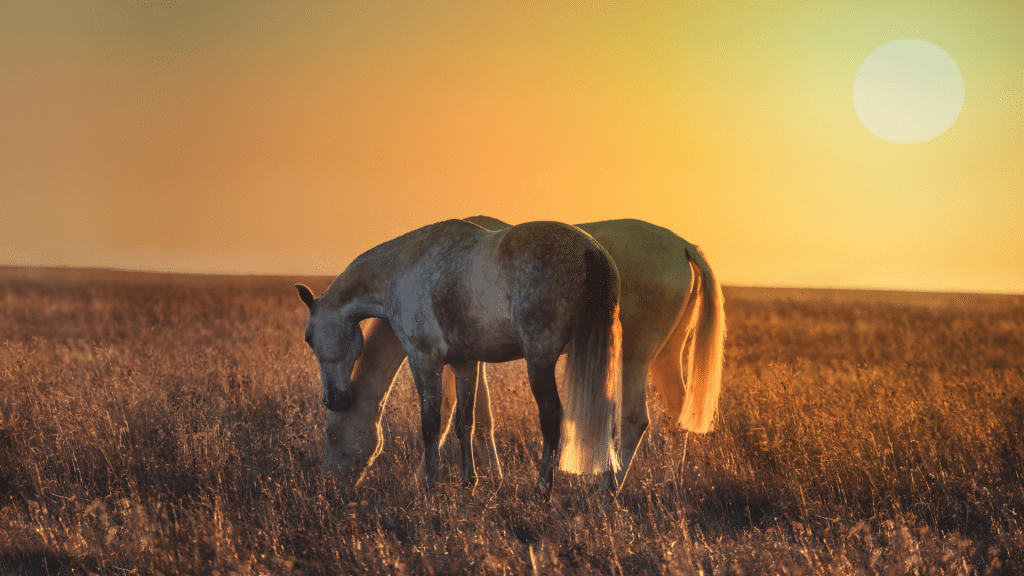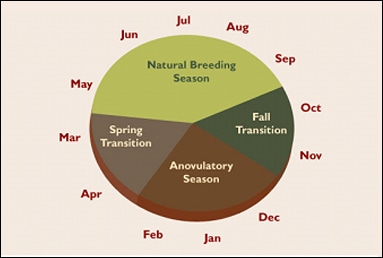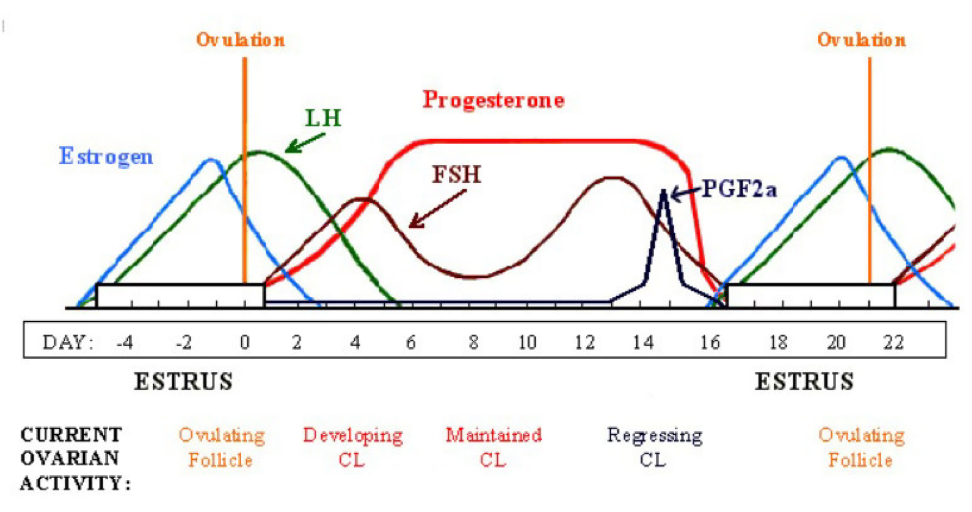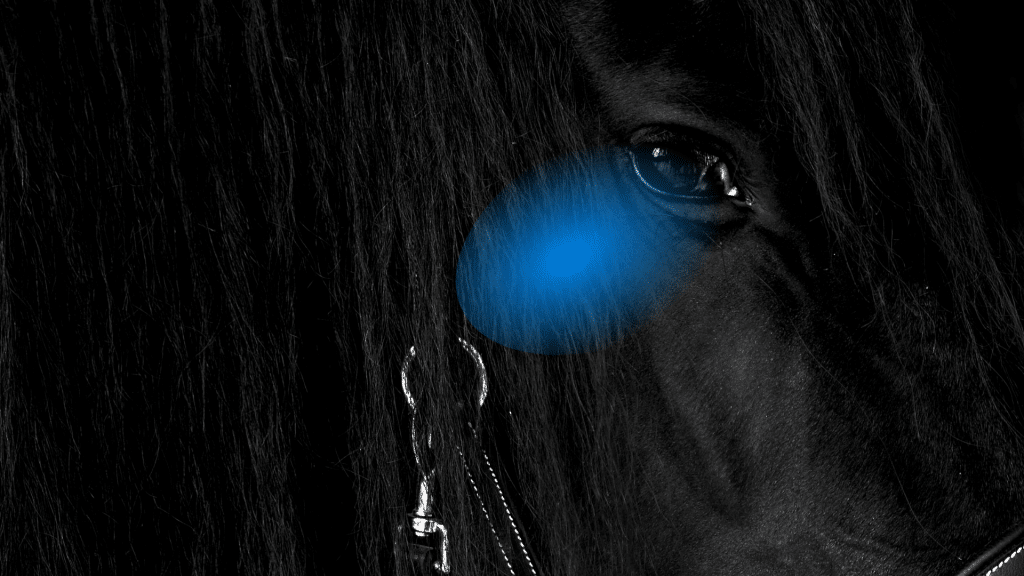Owners of thoroughbreds and sport horses have been clever with their stable management practices and attempt to get ahead of the competition by breeding their mares earlier than their natural season.
This short article explains the science behind how breeders can use light as a horse management practice to encourage the mare to become reproductively active earlier.

We know that the mare is seasonally polyoestrous. She has a reproductive system that basically turns on and off during certain times of the year. From the middle of March to the middle of September, the mare is in her natural breeding season. Monitoring this cycle becomes a regular stable management activity.

This is followed by fall transition which usually lasts up until the middle of November. The mare enters her anovolutary season in which she is completely absent from ovulation. In the middle of February starts the transition season and this will last until the middle of May.

Mares respond to fading light through the hormone melatonin which facilitates the transition to sleep. The hormone level decreases when there is more daylight. Breeders often interfere with this biochemical process to breed the mare earlier in the year, thus adapting their stable management.

Melatonin responds to light so levels will naturally rise when it gets dark. When there are high levels of melatonin in the mare during the colder and darker months, it prevents the hormone responsible for reproduction (GnRH) from increasing. As a result, the mare’s reproductive system cannot start again.
Applying blue light to the eye or turning the stable lights on during the night can decrease melatonin so that GnRH can increase (which will later stimulate the pituitary gland in the brain to secrete the hormone responsible for making follicles), hence, turning on the mare’s reproductive system again. This is a very common stable management practice among thoroughbred farms and most recently in the sport horse industry, all in an attempt to gain a competitive advantage.

Blue light is the most effective light for regulating the horse’s internal rhythms.
This article was about the science behind the mares yearly cycles and the role light plays within it. Although it is a common management practice to interfere with the mare’s cycle, this article was only written for informational purposes and not to communicate a specific argument on the topic. For digital stable management solutions, equicty offer a 21-day free trial to help breeding and regular stables manage their stable management easier. Get in touch through any of their social media or drop them an email using hello@equicty.com.
Interested in reading more about breeding and digital stable management? Check out this article for more stable management practices.
Get full access to our easy-to-use digital stable management platform and experience instant impact on your stable’s efficiency